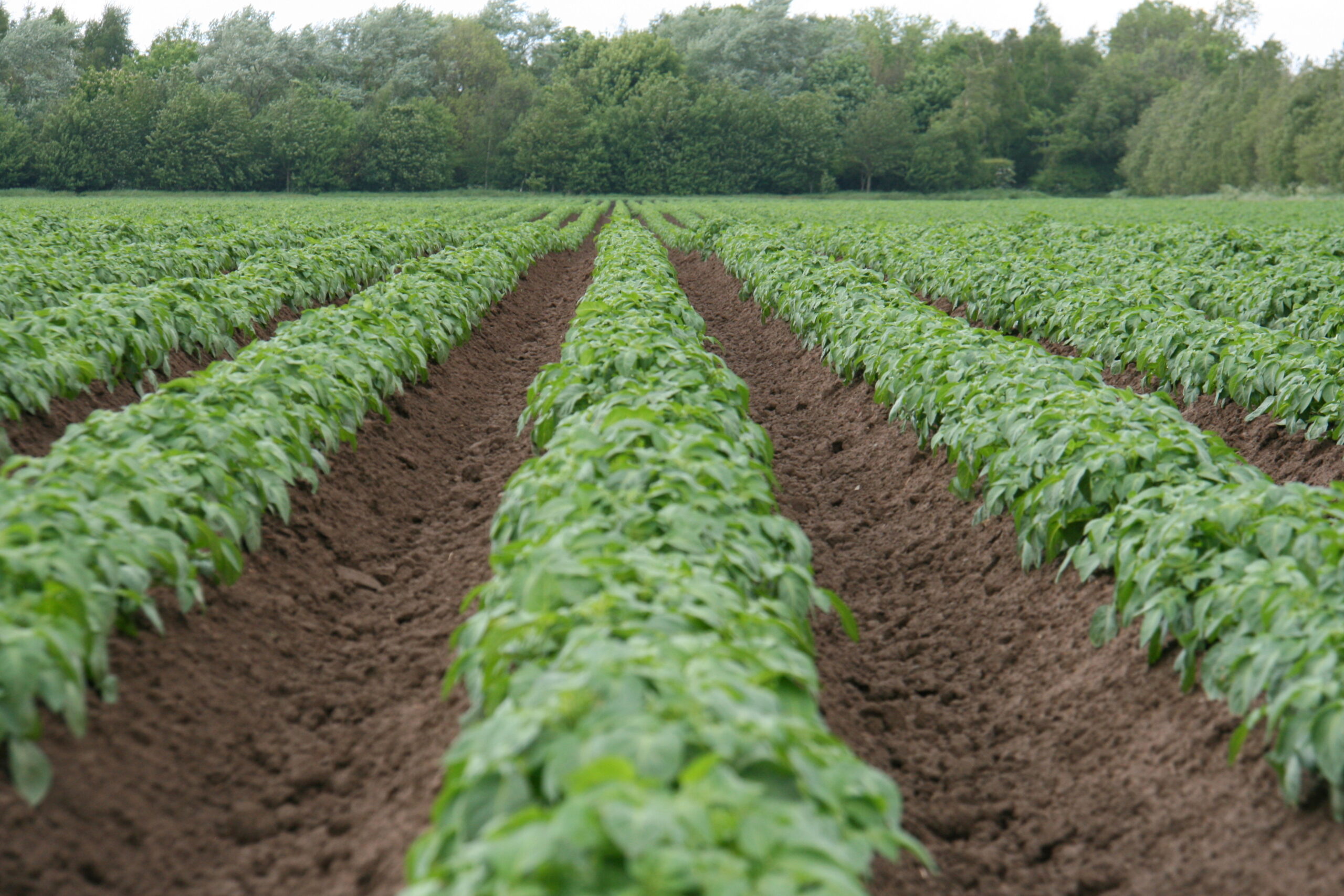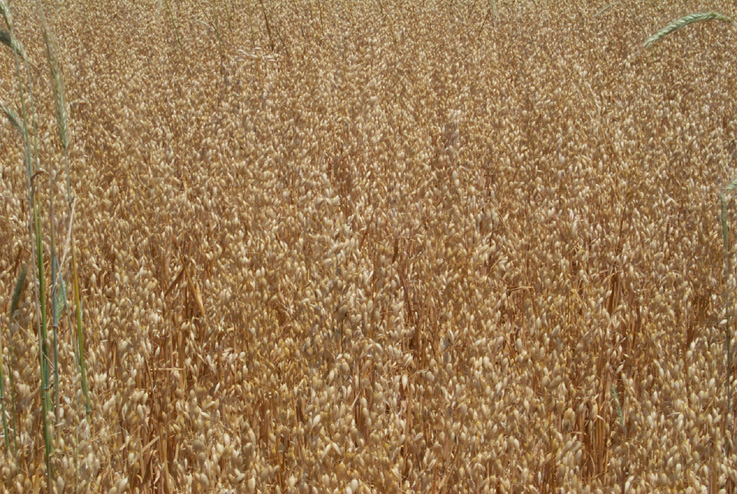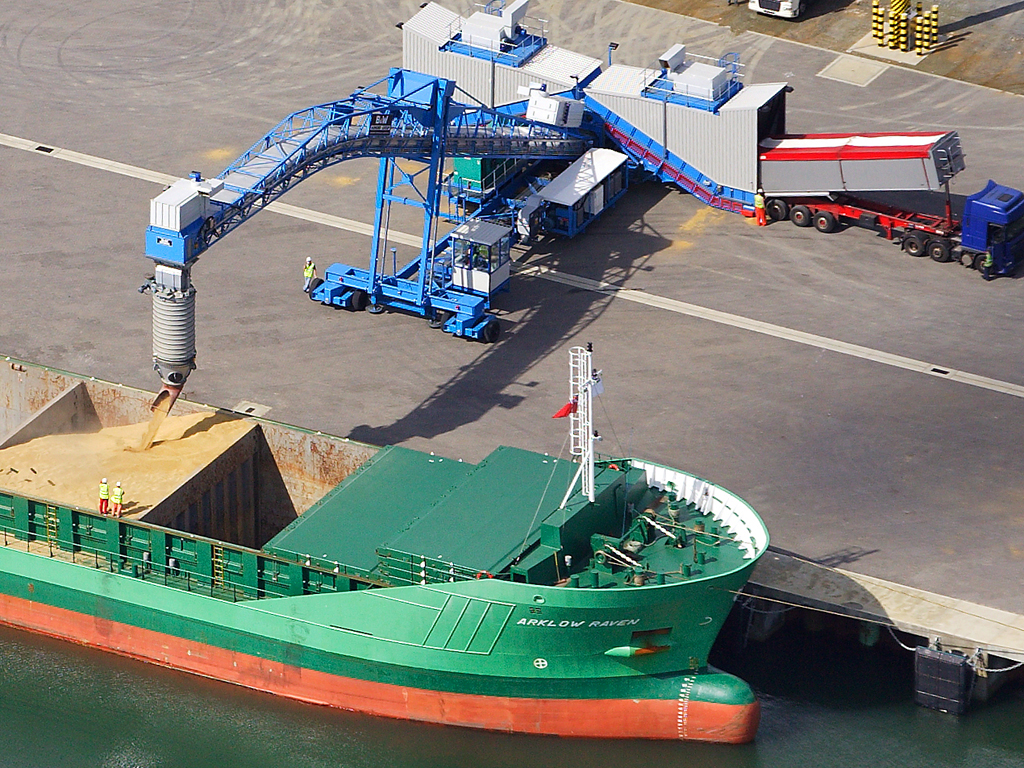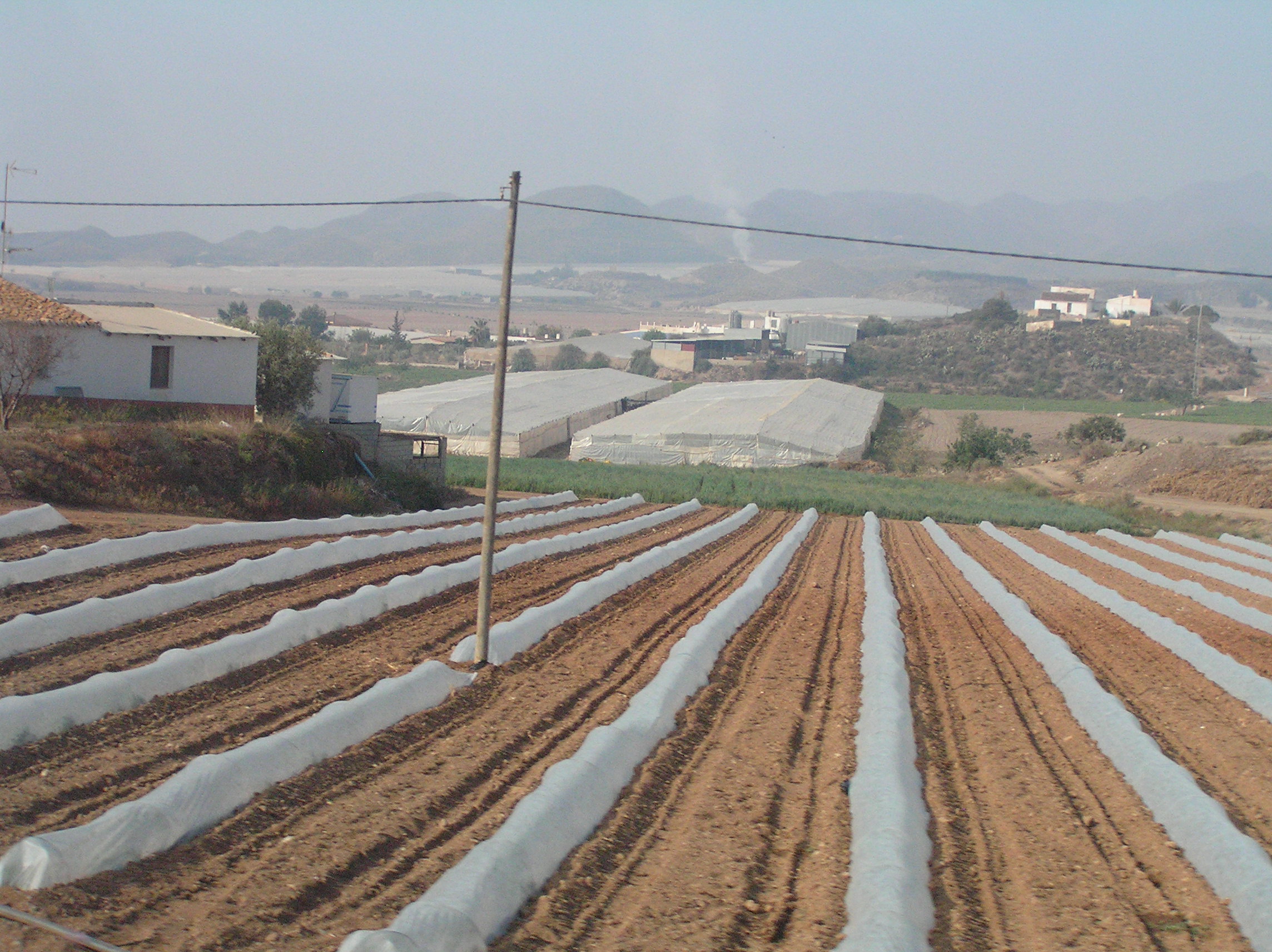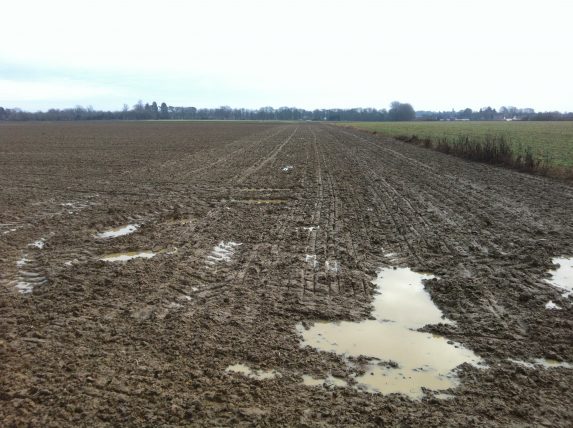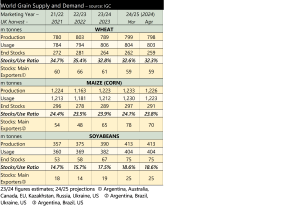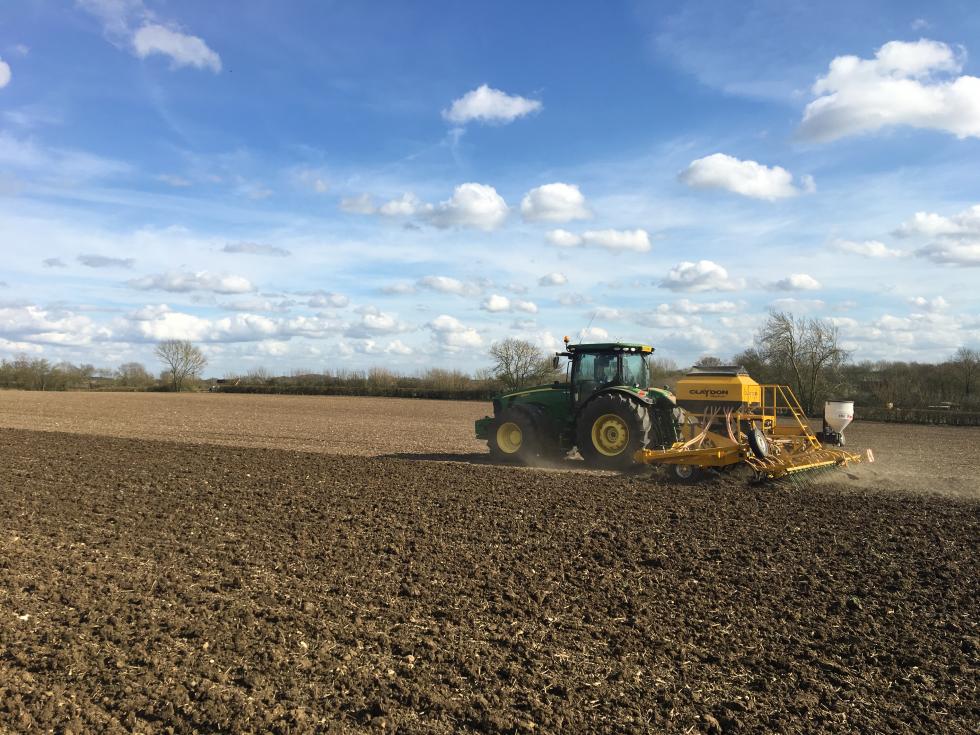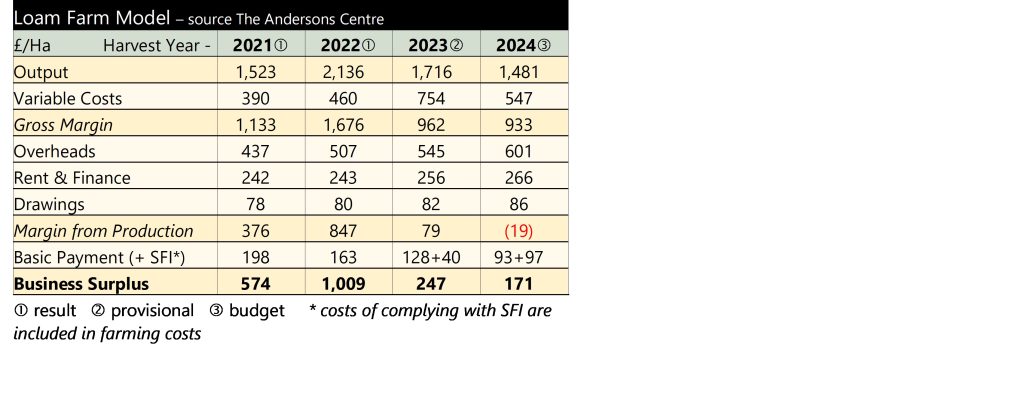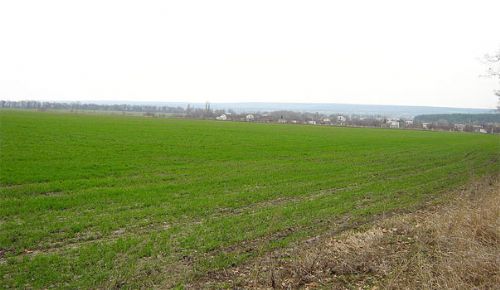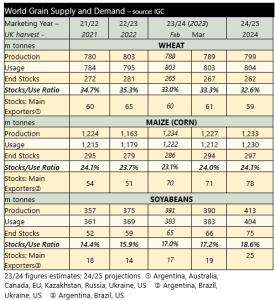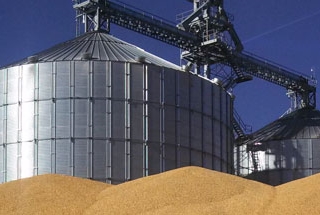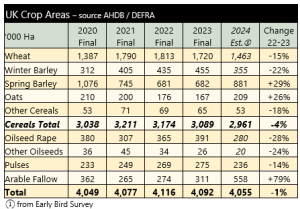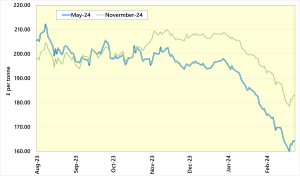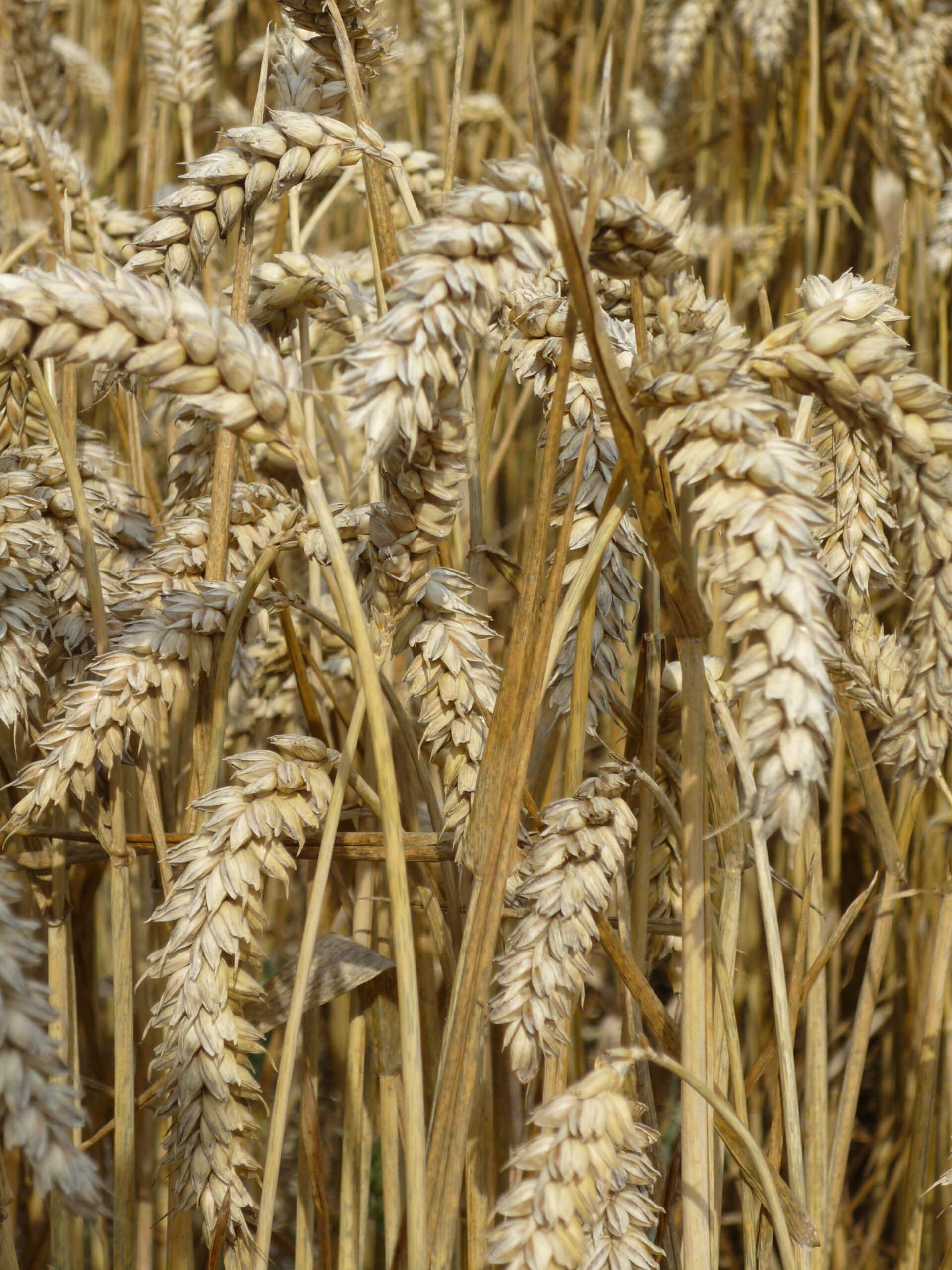The UK is likely to have another sub-five million tonne potato crop this year, according to projections from newsletter World Potato Markets. It expects the planted potato area to be similar to last year at 100,000 hectares. A five-year average yield would deliver a crop of 4.757 million tonnes, which would be 3.3% larger than the estimated 2023 crop which was the smallest on record.
Planting was again delayed by very wet weather and was only fully complete by the end of May, with many growers finishing up to a month later than they would normally. Conditions since crops went into the ground have been favourable to crop growth, although there is the threat of blight.
Planting conditions have been even worse in parts of Europe with Belgian growers only finishing in the last few days. World Potato Markets expects a similar EU crop to last year of 47.5 million tonnes, with the area planted barely changed.
Prices of potatoes have reached record levels, with the EU processing potato price in excess of €600 per tonne at the end of June, while UK packing potato prices have reached £750 per tonne, according to newsletter Potato Call.
The global potatoes industry has been gathering at the World Potato Congress in Adelaide, Australia this month. Despite the diversity of the industry, one of the major topics was climate change with extreme heatwaves and rainfall making production more difficult across the world. Delegates from India and Africa said that conditions are particularly challenging but the potential for potatoes to help feed a growing population remain enormous. There was a definite feeling that the dominance of the American and European potato industries in the potato trade has peaked because of the pressure on supply.
The NFU has launched a Save Our Spuds campaign following the difficulties of the past few potato seasons. It is calling for more government support to reduce the economic burden on potato growers. The Union’s action follows the bankruptcy of packer QV Realisations which was blamed by owners AH Worth on the volatility of the market and rising costs of production. The business failure threatens the jobs of 200 people.
